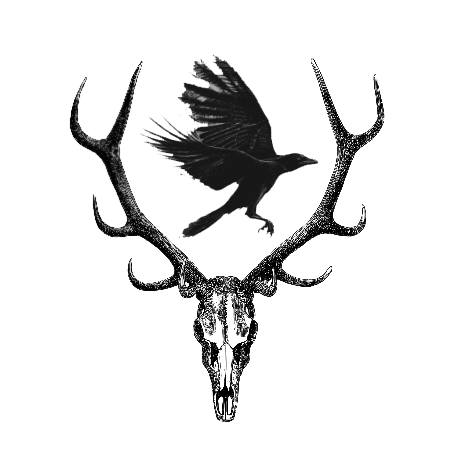All art by Ivan Bilibin
Vasilisa the Beautiful or Vasilisa the Fair is a Russian fairy tale collected by Alexander Afanasyev around 1855.

By his first wife, a merchant had a single daughter, who was known as Vasilisa the Beautiful. When the girl was eight years old, her mother died; when it became clear that she was dying, she called Vasilisa to her bedside, where she gave Vasilisa a tiny, wooden, one-of-a-kind doll talisman (a Motanka doll), with explicit instructions; Vasilisa must always keep the doll somewhere on her person and never allow anyone (not even her father) to see it or even know of its existence; whenever Vasilisa should find herself in need of help, whenever overcoming evil, obstacles, or just be in need of advice or just some comfort, all that she needs to do is to offer it a little to eat and a little to drink, and then, whatever Vasilisa's need, it would help her. Once her mother had died, Vasilisa offered it a little to drink and a little to eat, and it comforted her in her time of grief

The doll advised her to go, and she went. While she was walking, a mysterious man rode by her in the hours before dawn, dressed in white, riding a white horse whose equipment was all white; then a similar rider in red. She came to a house that stood on chicken legs and was walled by a fence made of human bones. A black rider, like the white and red riders, rode past her, and night fell, whereupon the eye sockets of the skulls in the fence began to glow like lanterns. Vasilisa was too frightened to run away, and so Baba Yaga found her when she arrived in her giant, flying mortar.
Once she learned why the girl was there, Baba Yaga said that Vasilisa must perform tasks to earn the fire, or be killed; she was to clean the house and yard, wash Baba Yaga's laundry, and cook her a meal enough for a dozen (which Baba Yaga ate all by herself). She was also required to separate grains of rotten corn from sound corn, and separate poppy seeds from grains of soil. Baba Yaga left the hut for the day and Vasilisa despaired, as she worked herself into exhaustion. When all hope of completing the tasks seemed lost, the doll whispered that she would complete the tasks for Vasilisa, and that the girl should sleep.

At dawn, the white rider passed; at or before noon, the red. As the black rider rode past, Baba Yaga returned and could complain of nothing. She bade three pairs of disembodied hands seize the corn to squeeze the oil from it, then asked Vasilisa if she had any questions. Vasilisa asked about the riders' identities and was told that the white one was Day, the red one the Sun, and the black one Night.
But when Vasilisa thought of asking about the disembodied hands, the doll quivered in her pocket. Vasilisa realized she should not ask, and told Baba Yaga she had no further questions. In return, Baba Yaga enquired as to the cause of Vasilisa's success. On hearing the answer "by my mother's blessing", Baba Yaga, who wanted nobody with any kind of blessing in her presence, threw Vasilisa out of her house, and sent her home with a skull-lantern full of burning coals, to provide light for her step-family.

Upon her return, Vasilisa found that, since sending her out on her task, her step-family had been unable to light any candles or fire in their home. Even lamps and candles that might be brought in from outside were useless for the purpose, as all were snuffed out the second they were carried over the threshold. The coals brought in the skull-lantern burned Vasilisa's stepmother and stepsisters to ashes, and Vasilisa buried the skull according to its instructions, so no person would ever be harmed by it.
Later, Vasilisa became an assistant to a maker of cloth in Russia's capital city, where she became so skilled at her work that the Tsar himself noticed her skill; he later married Vasilisa.

